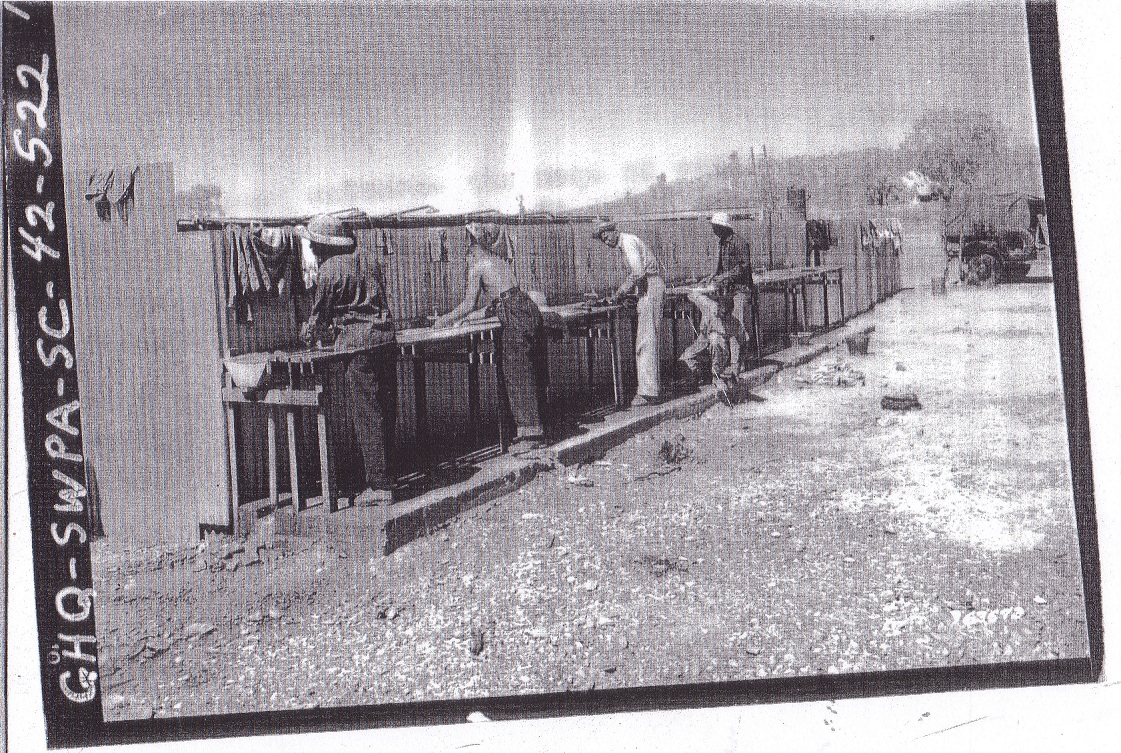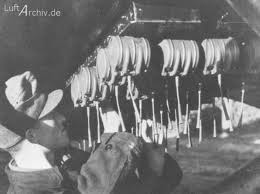Radar was the “Revolution in Military Affairs” in WW2. If you wanted to know the fighting style of a particular military theater in World War 2 (WW2), you have to know the capabilities of the radars the theater had and how the theater was organized to use them. This isn’t just a matter of creating an early warning air defense system, like was used in the Battle of Britain. The far more important and little understood reason is stated in two words — “Operational losses.” The leading killer of aircraft in WW2 was “Operational Losses.” Operational losses are what happen when bad fuel, bad weather, bad parts, bad maintenance and just plain “getting lost” catch up with pilots. Radar as organized & practiced by the Western Allies saved many poor or average pilots that had all of the above happen to them to fight another day and become good pilots. However, when you try and find what radars MacArthur’s South West Pacific Area (SWPA) had in WW2, how and by whom they were used, there is very little in the US Army and US Air Force institutional histories.
The researching of Douglas MacArthur as a “Fighting General” in WW2 means you become used to discovering frustrating dead ends in established narratives. In the case of MacArthur’s radars, it was an exercise in internet searching to gain the understanding that these most important elements of MacArthur’s WW2 fighting style — his Australian and British radars — were designed completely outside the US Military. These radars were either not well documented in the narratives, or if they were, how they were used was classified until as late as the 1990s. Chief among these items from outside the US military were:
1) The Australian Light Weight Air Warning (LW/AW) and Light Weight Ground Control Intercept (LW/GCI) of radars the Royal Australian Air Force (RAAF) and,
2) The British Light Weight (LW) radar, produced in Canada for the US Army Signal Corps as the SCR-602.
Australian Light Weight Air Warning (LW/AW) Mark I Radar Deployed in the SWPA


